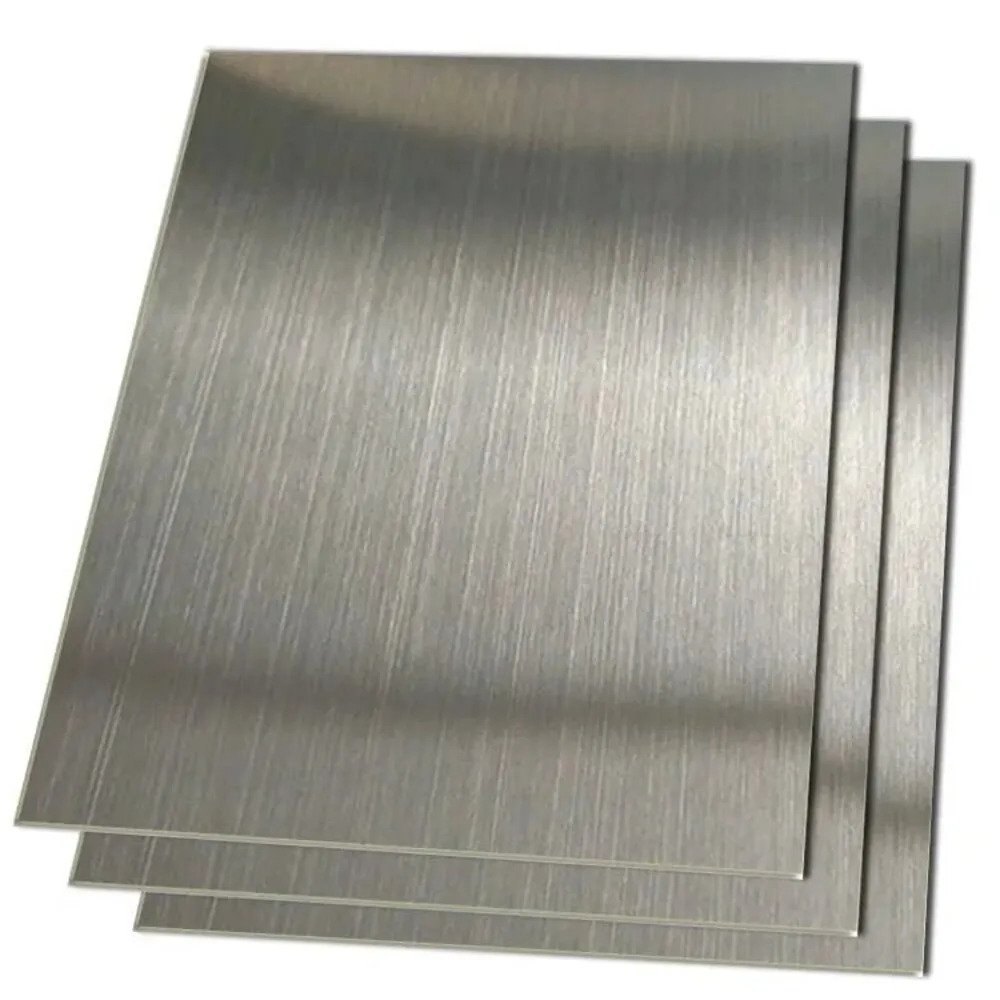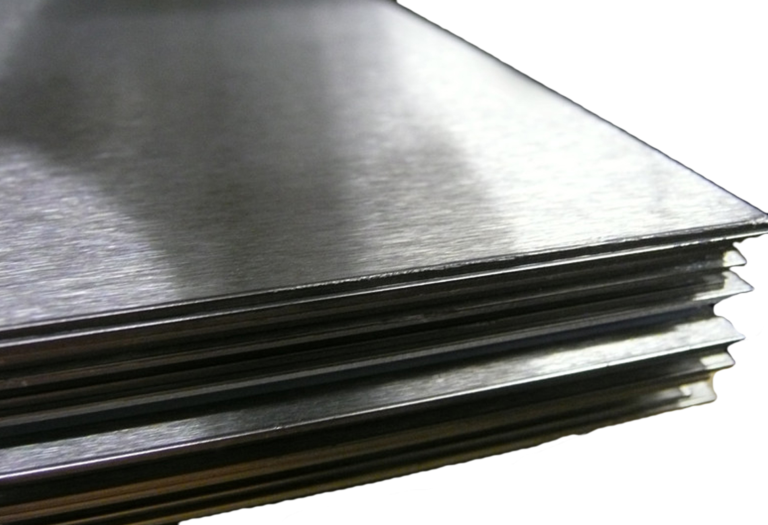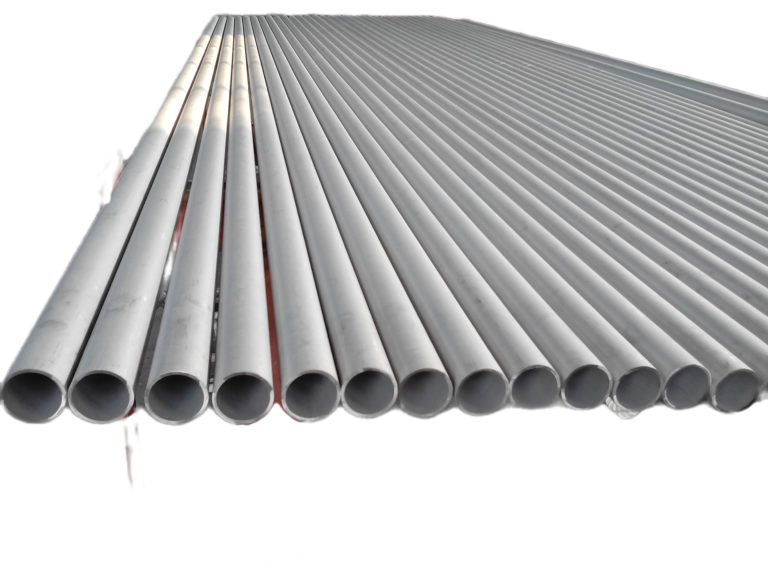Overview of Stainless Steel Plates
Stainless steel plates are generally the general term for stainless steel plates and acid-resistant steel plates. The emergence of stainless steel plates at the beginning of this century laid an important material and technological foundation for the development of modern industry and technological progress. There are many types of stainless steel plates, each with different properties. During its development process, several major categories have gradually formed. According to the microstructure, it can be classified into four major categories: austenitic stainless steel plates, martensitic stainless steel plates (including precipitation-hardening stainless steel plates), ferritic stainless steel plates and austenitic-ferritic duplex stainless steel plates. According to the main chemical components in the steel plate or some characteristic elements in the steel plate, it can be classified into chromium stainless steel plate, chromium-nickel stainless steel plate, chromium-nickel-molybdenum stainless steel plate, as well as low-carbon stainless steel plate, high-molybdenum stainless steel plate, high-purity stainless steel plate, etc. According to the performance characteristics and applications of steel plates, they can be classified into nitric acid-resistant stainless steel plates, sulfuric acid-resistant stainless steel plates, pitting corrosion-resistant stainless steel plates, stress corrosion-resistant stainless steel plates, high-strength stainless steel plates, etc. According to the functional characteristics of steel plates, they can be classified into low-temperature stainless steel plates, non-magnetic stainless steel plates, free-cutting stainless steel plates, superplastic stainless steel plates, etc. The commonly used classification methods nowadays are based on the microstructure characteristics of steel plates, the chemical composition characteristics of steel plates, and the combination methods of the two. It is generally classified into martensitic stainless steel plates, ferritic stainless steel plates, austenitic stainless steel plates, duplex stainless steel plates and precipitation-hardening stainless steel plates, etc., or into two major categories: chromium stainless steel plates and nickel stainless steel plates. It has extensive applications. Typical applications include: heat exchangers for pulp and paper equipment, mechanical equipment, dyeing equipment, film processing equipment, pipelines, and materials for the exterior of buildings in coastal areas, etc.
The surface of stainless steel plates is smooth and clean, and they have high plasticity, toughness and mechanical strength. They are resistant to corrosion by acidic, alkaline gases, solutions and other media. It is an alloy steel that is not prone to rust, but it is not absolutely rust-free.





